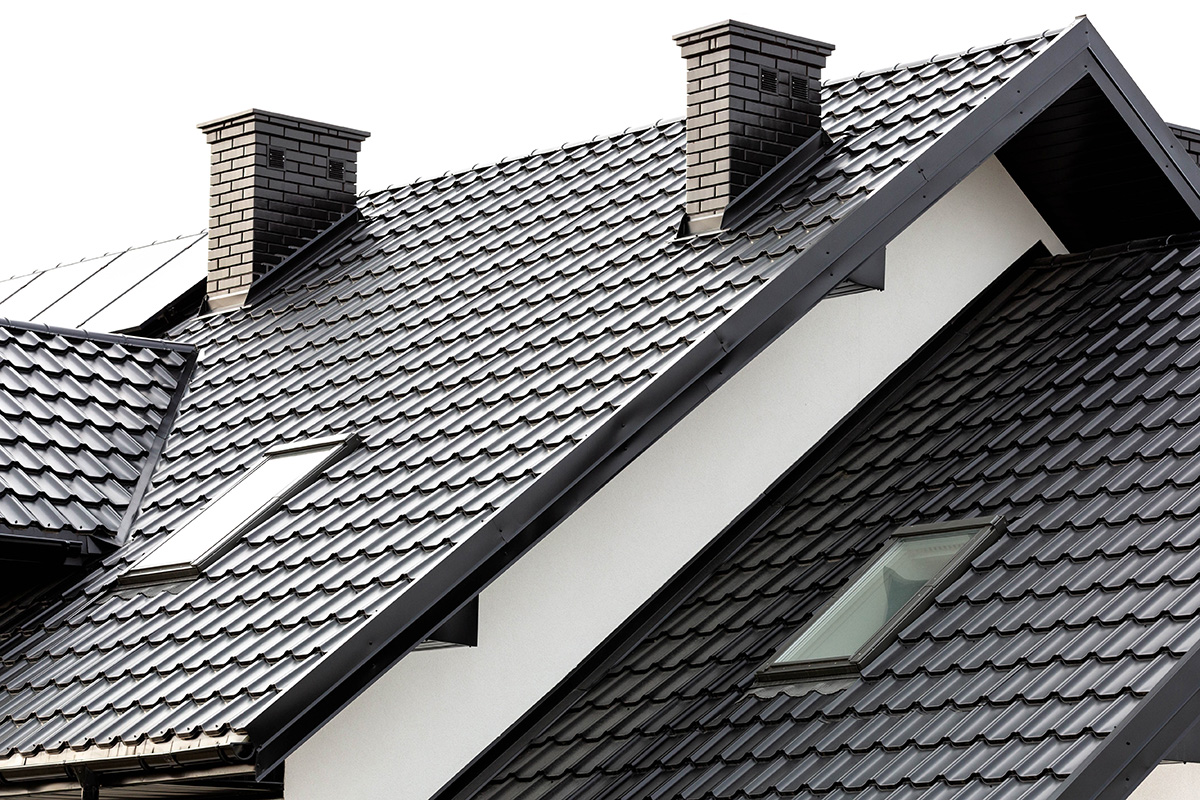Replacing Roof Tiling: Ensuring Durability and Longevity
The roof is a fundamental component of any structure, providing protection against the elements and safeguarding the interior of your home. Over time, however, roof tiles can deteriorate due to exposure to harsh weather conditions, wear and tear, and the natural ageing process. When you notice signs of damage such as leaks, missing tiles, or general wear, it’s crucial to consider replacing your roof tiling to maintain the integrity of your home. In this comprehensive guide, we will delve into the step-by-step process of replacing roof tiling, ensuring that the new installation is not only aesthetically pleasing but also durable and long-lasting.
Assessment and Planning
Before embarking on a roof tiling replacement project, a thorough assessment of the existing roof is essential. Identify damaged or missing tiles, check for leaks, and assess the overall condition of the roof structure. Consider the type of roofing material you want to use for the replacement – common options include asphalt shingles, clay tiles, concrete tiles, metal roofing, and more. Take into account your local climate and the architectural style of your home when making this decision.
Safety Precautions
Safety should be a top priority when undertaking any roofing project. Ensure you have the necessary safety equipment, such as sturdy ladders, fall protection gear, and non-slip footwear. If your roof has a steep pitch or if you are uncomfortable working at heights, it is advisable to hire a professional roofing contractor.
Removing Old Tiles
Carefully remove the damaged or worn-out tiles, starting from the top of the roof and working your way down. Use a pry bar to lift the tiles and be cautious not to damage the surrounding tiles in the process. Inspect the underlying roofing structure for any signs of rot or decay, as these issues should be addressed before installing new tiles.
Repairing Roof Structure
If you discover any damage to the roof structure, such as rot or weakened areas, it’s crucial to address these issues before proceeding with the replacement. Replace damaged plywood or sheathing and ensure that the roof deck is in sound condition.
Installing Underlayment
The underlayment is a vital layer that provides an additional barrier against water infiltration. Install a high-quality underlayment, ensuring that it covers the entire roof surface. This layer acts as a waterproof barrier and adds an extra level of protection to your roof.
Choosing and Installing New Tiles
Select the roofing tiles that best suit your preferences, budget, and climate considerations. Follow the manufacturer’s guidelines for installation, ensuring proper alignment and overlap between tiles. Secure the tiles in place using appropriate fasteners, whether nails or screws, and pay attention to the recommended spacing.
Lead Flashing Installation
Lead Flashing is crucial for preventing water from seeping into vulnerable areas, such as valleys and intersections. Install lead flashing around roof penetrations, such as chimneys and vents, and along the eaves and valleys. Proper flashing ensures that water is directed away from critical areas, preventing leaks and water damage.
Sealing and Finishing
Once the tiles and flashing are in place, seal all seams and connections using roofing sealant. This helps create a watertight barrier and enhances the overall durability of the roof. Additionally, pay attention to the finishing touches, such as installing ridge caps and trim, to give your roof a polished and cohesive appearance.
Regular Maintenance
After completing the roof tiling replacement, establish a routine maintenance schedule. Regular inspections and minor repairs can prolong the lifespan of your roof and prevent small issues from escalating into more significant problems. Clean gutters and remove debris to ensure proper water drainage and ventilation.
In conclusion, replacing roof tiling is a substantial undertaking that requires careful planning, attention to detail, and a commitment to safety. By following these steps and investing in quality materials, you can ensure that your new roof not only enhances the aesthetic appeal of your home but also provides robust protection against the elements. If you’re unsure about any aspect of the replacement process, it’s always advisable to consult with roofing professionals who can offer expertise and ensure a successful and durable roof replacement.
For more information on replacing roof tiling contact Associates Roofing Partnership.
